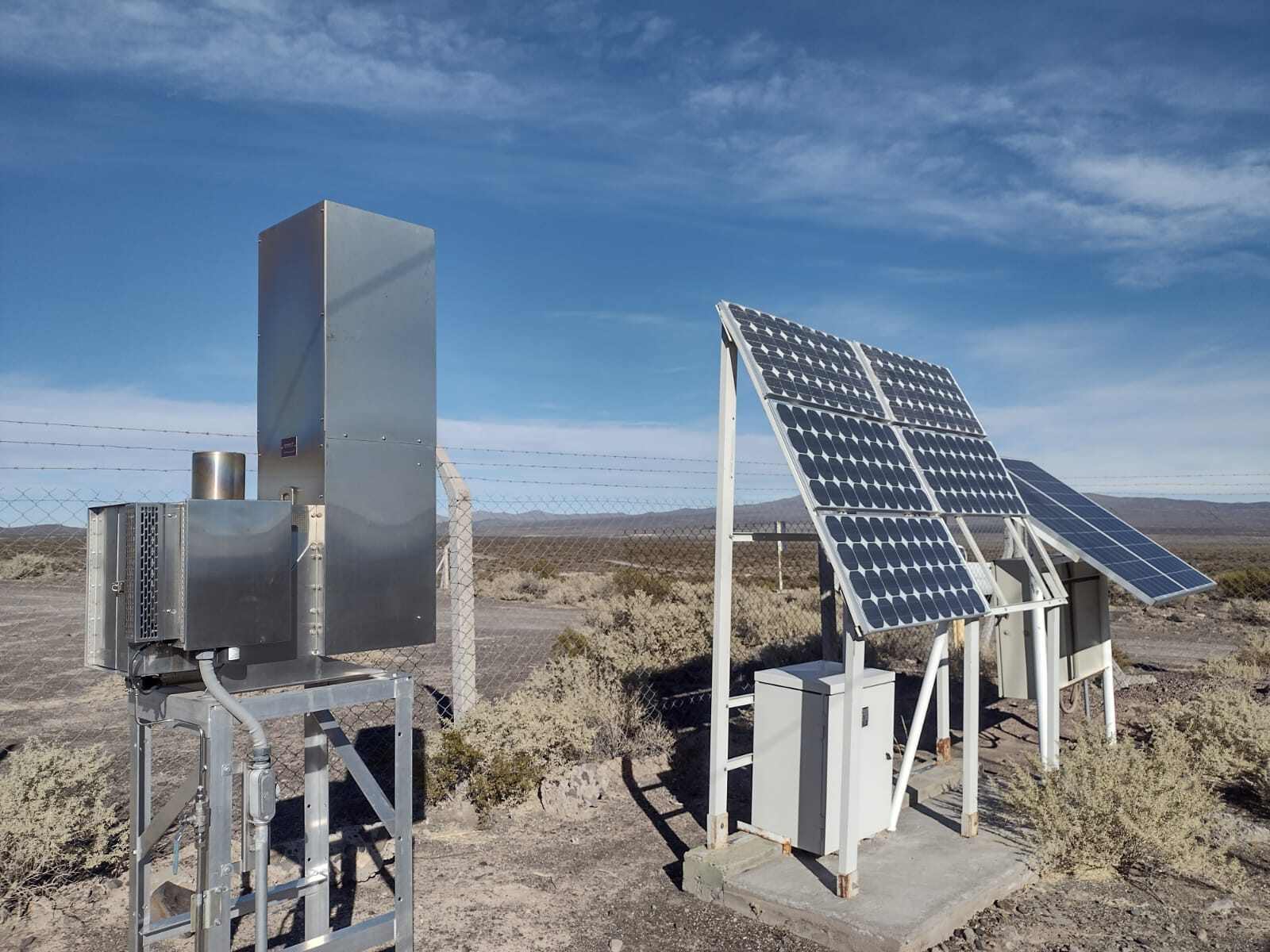More Backup Power Sources are Mandated Every Year. Are You Prepared?
Global Power Technologies
Aug 21, 2024 11:06:09 AM


Safety and environmental concerns are reshaping regulations in many industries around the globe. As governments and regulatory bodies increasingly recognize the potentially catastrophic consequences of power outages on mission-critical applications, they are mandating backup power. While sectors such as local gas distribution and telecommunications have been early adopters of these regulations, it’s highly likely that other industries will follow suit. What implications does this have for your operations?
Why Add a Backup Power Source?
Power outages, whether caused by nature, equipment failures, or grid overloads, can disrupt operations, leading to production halts, financial losses, environmental disasters, and safety hazards. Industries reliant on continuous operations are particularly vulnerable. Beyond the immediate downtime caused by power outages, manual restarts of equipment can consume company resources, expose personnel to heightened safety risks, and further impact productivity.
Temporary reductions in voltage, known as brownouts are becoming increasingly frequent due to surging energy demands. They occur when electricity usage approaches or exceeds a utility’s production capacity, forcing them to temporarily reduce the flow of energy to prevent a blackout. While less severe than blackouts, brownouts can still significantly impact operations. Implementing a backup power source can mitigate the impact of brownouts and ensures that equipment continues to function normally.
Existing Regulations
Mandates for backup power sources are emerging. One example is the relatively new amendment to 49 CFR 192. The US Department of Transportation Pipeline and Hazardous Materials Safety Administration (PHMSA) introduced the amendment to 49 CFR 192.636 (d) 3 regulation in 2022 to enhance pipeline safety. This mandates dual power sources for valves monitored by SCADA (Supervisory Control and Data Acquisition) systems. The wide-ranging federal register regulation impacts local distribution companies (LDCs) and midstream pipeline operators. Previously, the standard for the industry was a single power source, so compliance necessitates infrastructure upgrades, many of which can easily be achieved with Global Power Technologies solutions. More information on 49 CFR 192 can be found here.
The telecommunications sector, which is reliant on cellular, 4G, and 5G networks, has long recognized the importance of backup power. A reliable network is not just a convenience but a necessity, especially during emergencies. The Federal Communications Commission (FCC) has mandated that cell sites must have eight hours of backup power. However, in areas prone to outages, like those at risk during hurricanes, backup power requires a capability of 24 to 72 hours. Similarly, other applications such as oil & gas production, transportation, and public infrastructure will likely face increasingly stringent backup power regulations.
Options for Backup Power
Several options exist for backup power, each with its own advantages and drawbacks. Solar power offers a clean solution, but panels require ample space and a diligent maintenance program. Reliance on sunlight may limit solar’s effectiveness in certain locations and theft of equipment is a growing concern.
Diesel generators provide reliable power but are not instantaneous. They also present challenges in terms of maintenance, and fuel management, and they have a larger carbon footprint compared to other options.
Thermoelectric Generators (TEGs) offer a compelling solution. They are user-friendly and offer reliable, instant delivery of power. They are simple to integrate into existing systems and have minimal maintenance requirements. They are also environmentally friendly, destroying methane gas during the power generation process.
About Global Power Technologies' TEGs
Global Power Technologies is the world leader in the design, manufacturing, and distribution of TEGs. Their TEGs are used in diverse applications including remote power generation, industrial settings, and hazardous environments.
Global Power Technologies’ TEGs offer significant advantages for backup power applications. Their solid-state design eliminates moving parts, reducing maintenance needs and increasing reliability. Their ability to withstand extreme conditions makes them suitable for use in any location.
Another benefit of Global Power Technologies’ TEGs is their compatibility with other power sources. They can be integrated with solar panels or grid power to create a comprehensive and adaptable power solution.
Conclusion
Companies should anticipate a wave of new regulations mandating backup power across numerous industries. These regulations will prioritize operational continuity, risk mitigation, and compliance with environmental standards. To stay ahead of the curve, companies can consider installing a backup power source before new regulations are put in place.
Investing in reliable backup power technology such as TEGs offers a high performance, low maintenance, and environmentally friendly solution. By taking proactive measures to ensure power resilience, companies can mitigate risks and protect their bottom line.